The Chevy 305 is a small displacement V8 built with efficiency in mind. Although it isn’t that powerful, is it a diamond in the rough?
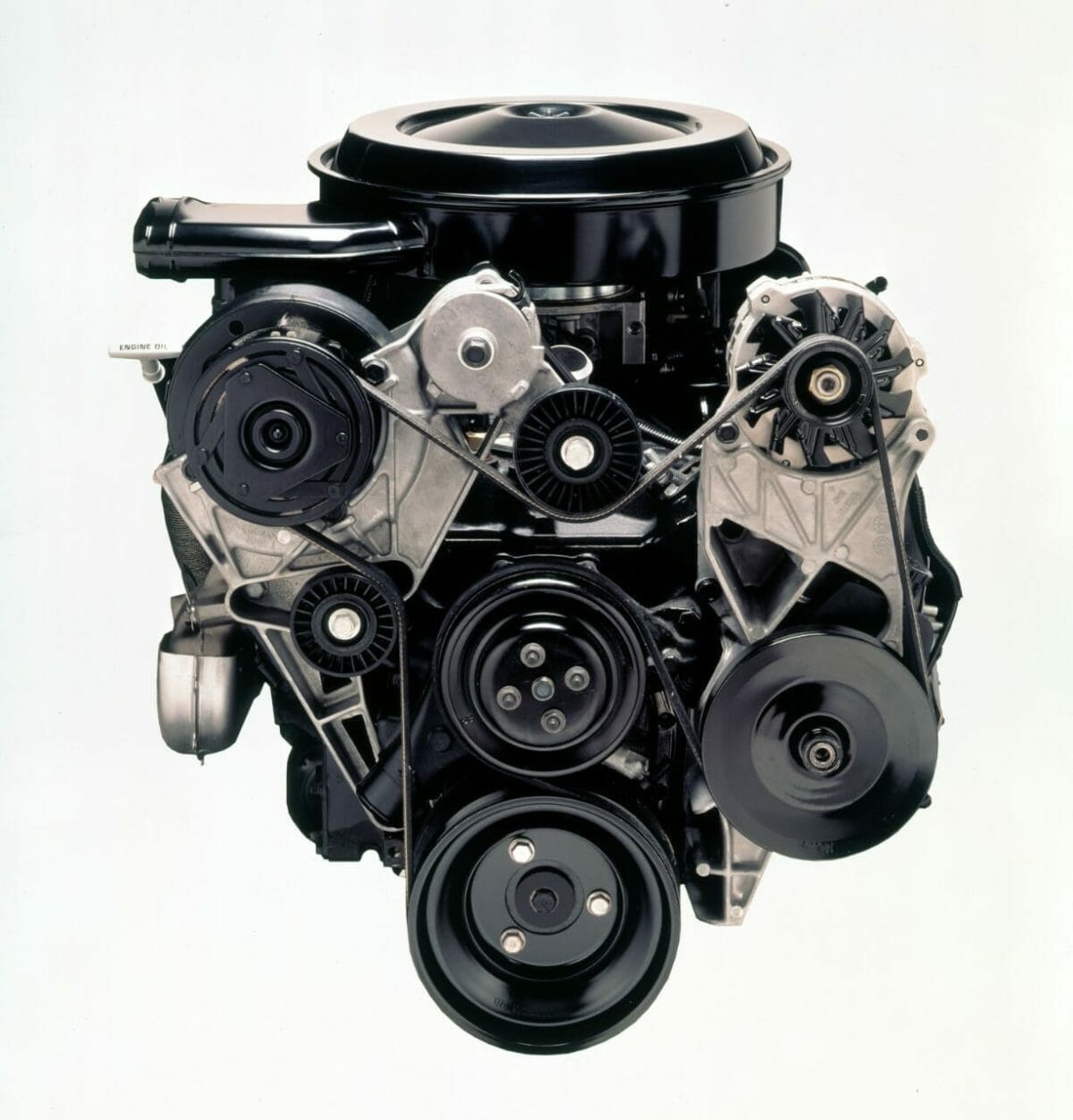
When it comes to iconic engines throughout history, the Chevrolet Small Block V8 reigns king. It’s an engine that will come up at any discussion, whether the topic is efficiency, horsepower potential, or reliability.
However, most people immediately associate the term “small block Chevy V8” with the iconic Chevy 350 found in just about every GM vehicle that was produced between its introduction in 1967 until its final breath as the Vortec 5700 in 2002.
However, the 350 is not our topic of discussion. Instead, we’re going to take a look at the Chevy 305. Born as a solution to the gas crisis brought on by the Organization of Petroleum Exporting Countries (OPEC) Oil Embargo of the 1970s.
Gas prices were at an all-time high, and automakers were pushed to create more efficient vehicles in a time where there was an active battle between America’s biggest car manufacturers to create the most ferocious and powerful muscle car.
While the immediate solution that comes to mind for creating a more efficient engine may not be a slightly smaller V8, the 305 actually did quite well at what it was designed to do. Though, power and performance are not exactly part of the 305 notoriety.
We’re going to take you through the history of the Chevy 305 V8 and give you the specs and what models you’ll find it in. While many people who own 305-powered cars choose to yank them out and put something with a bit more power in them, perhaps a 305 powerplant isn’t all that bad. If you’re looking for the classic V8 and muscle car sound without killing your wallet at the gas pump, the 305 may be exactly what you need.
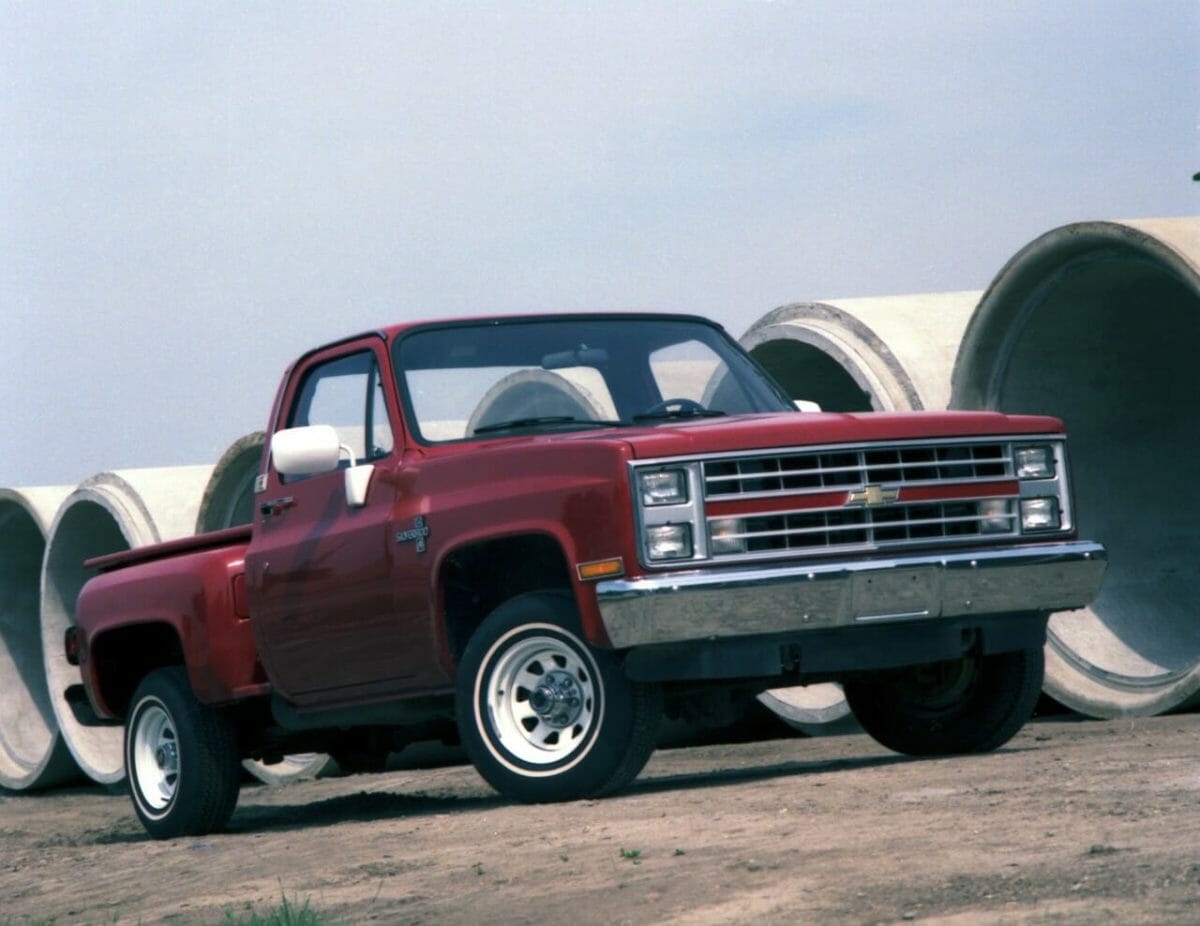
History of the Chevy 305 V8
The Chevy 305 was first introduced in 1976. While the OPEC Oil Embargo sent the country into a gasoline crisis, this was not the only driving factor behind the production of the Chevy 305 V8.
Additionally, the U.S. Corporate Average Fuel Economy (CAFE) standards were getting more stringent, and nationwide emissions requirements were getting stricter.
While we are pretty used to very high horsepower engines that still get decent fuel economy today, the limited technology of the mid to late-’70s didn’t allow them to have their cake and eat it too as we can today.
As a result, the 305 and all V8s of the time make some pretty disappointing power figures and would continue to do so on into the early-’90s.
Given that the 305 is built on the architecture of the generation one Chevrolet Smallblock V8, many of the parts are shared between the 305, 350, and other small-block V8s. Thanks to this shared platform, the 305 was inexpensive to produce and made for a reasonable solution to needing a more efficient engine without designing one from scratch.
General Motors then put the 305 in everything from Chevy trucks and SUVs like the C10, Blazer, and work vans to cars like the Chevy Camaro and Nova, as well as many other GM vehicles like the Pontiac Firebird and Grand Prix as well as the GMC lineup of trucks and vans.
All 305 engines throughout the years share bore and stroke specs of 3.736 × 3.48 inches. Beyond that, there are a handful of variants that feature different horsepower, torque, and even fuel management. Initially, the 305 was carbureted.
However, it would go on to use Chevrolet’s Crossfire Electronic Fuel Injection system and, in later years, move on to Tuned Port Injection.
Let’s take a look at the changes to the Chevy 305 and its engine codes over the years.
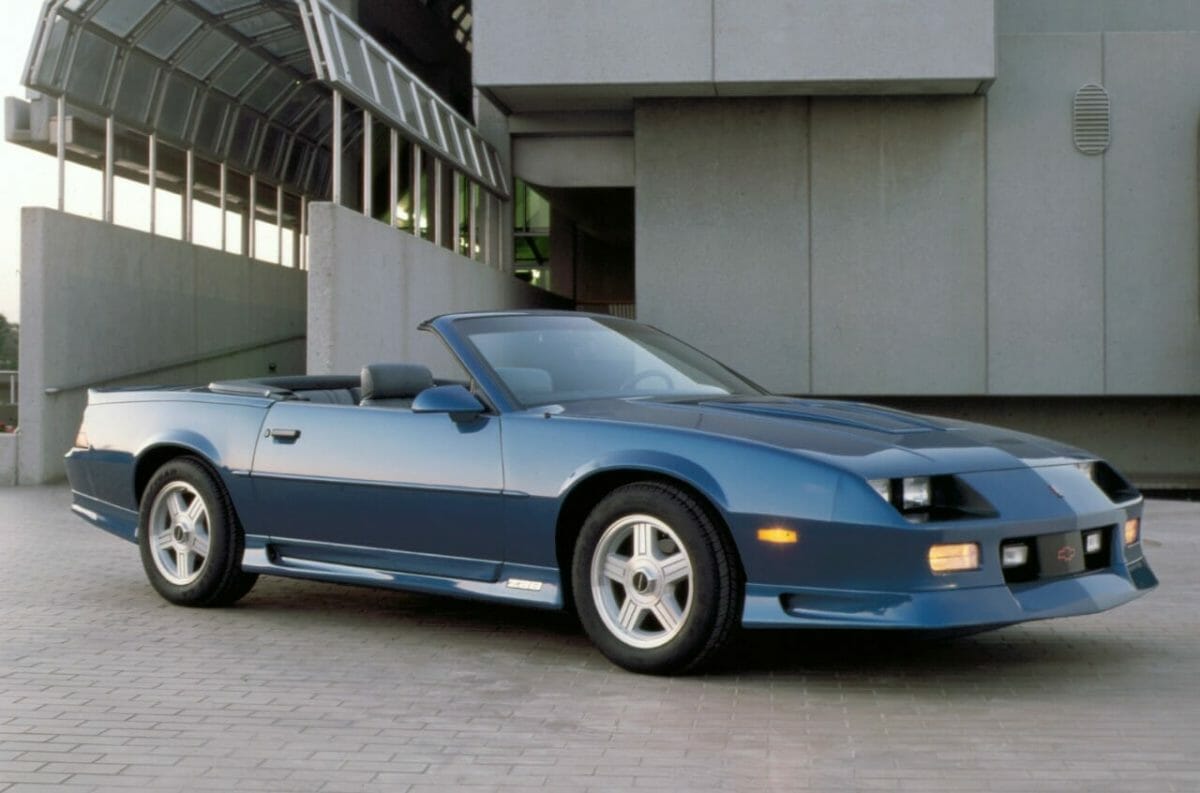
Chevy 305 Engine Variants
From 1976 to 1980, the 305 came in the form of the LG3 engine. It features a two-barrel carburetor with an 8.5 compression ratio. It makes a maximum of 160 horsepower and 250 lb.-ft. of torque. Though, in the late 70s, Camaros and Novas only saw 145 horsepower out of the 305.
Next in line is the LG4. It is virtually identical to the LG3. However, it comes with a four-barrel carburetor instead of a two-barrel. While this didn’t make for a massive leap in power, it was good for a step up to a maximum output of 170 horsepower and maintaining the peak torque figure of 250 lb.-ft. The LG4 was produced from 1980 to 1987.
Overlapping the years of the LG4 from 1983 to 1986 was the higher output variant, the L69. Though it maintains the four-barrel carburetor, compression of the L69 is bumped to 9.5 to 1. The result is the maximum power outputs of the L69 are 190 horsepower and 240 lb.-ft. of torque.
From 1981 to 1986, Chevy produced another four-barrel variant of the 305, the LE9. It also has an increased compression ratio of 9.5 to 1. However, its maximum power figures are 165 horsepower and 250 lb.-ft. of torque.
The model year 1985, The Camaro Z28 had a special variant of the 305 that was only available with an automatic transmission known as the LB9. It made 215 horsepower and 275 lb.-ft. of torque. 1988 through 1992 Camaros received a variant of the LB9 305, ranging from 220 and 230 horsepower depending on the year.
Truck variants of the 305 lasted until 2003 in the form of the L30, known as the Vortec 5000. This engine can be found in Chevy and GMC C/K series trucks and GMC Savana work vans.
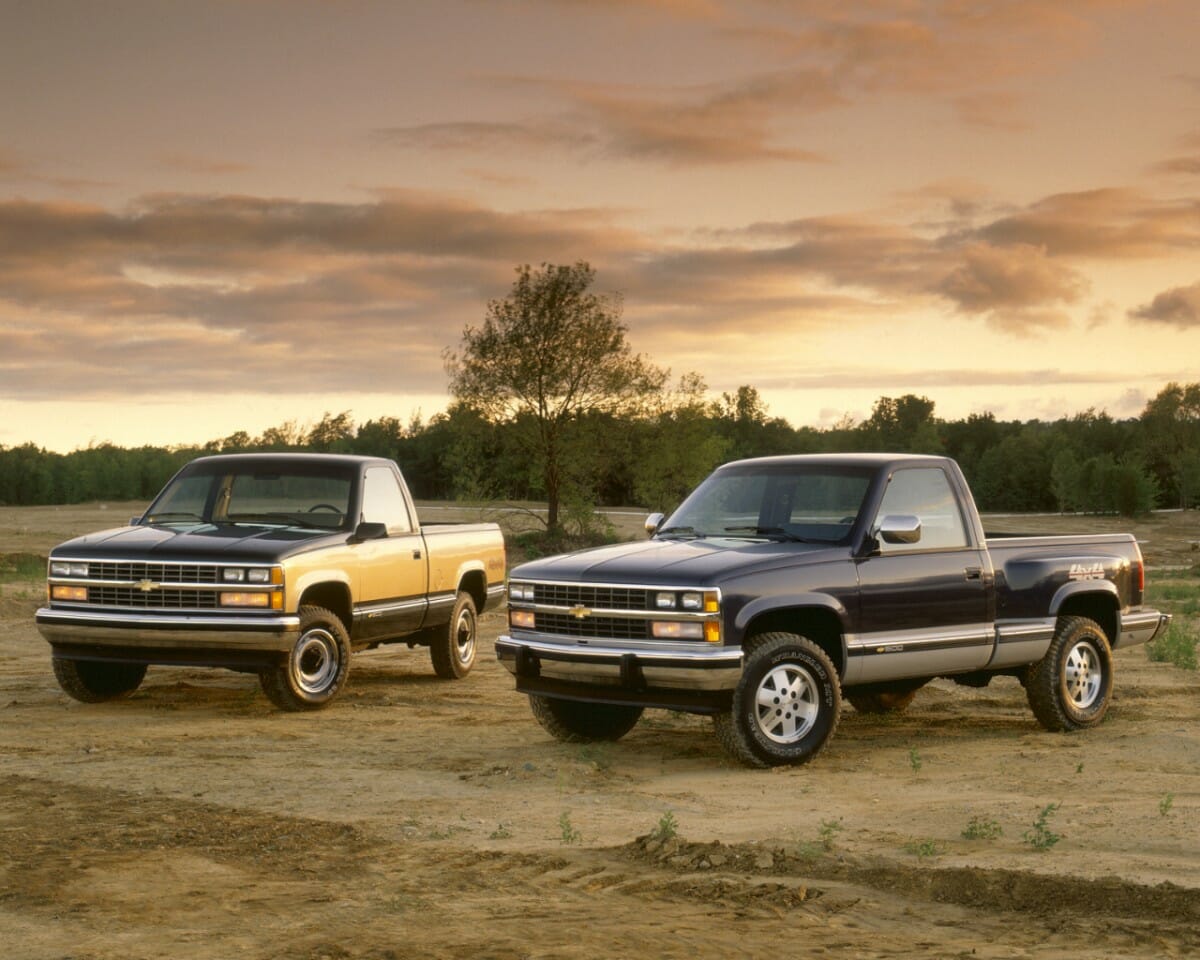
How Fuel-efficient is the Chevy 305?
Like we mentioned before, the idea of keeping a V8 as a fuel economy solution doesn’t immediately strike as the best solution. Alternatively, Chevrolet offered the Camaro with a V6 and even the Iron Duke inline four-cylinder. Though, to eliminate the V8 entirely from the Camaro would have been a marketing disaster.
However, the 305 has EPA fuel economy ratings that will surprise you. EPA ratings were not available until 1984. Let’s take a look at the EPA ratings of the Chevy Camaro with the 305 V8, as it continued to use this engine until 1992.
A 1984 Chevy Camaro with the 305 V8 mated to an automatic transmission has an EPA rating of 15 mpg city and 21 mpg highway for a combined rating of 17 mpg. Likely, many people researching the economy of an old Muscle car will be dumbfounded to see a rating over 20 mpg. We certainly were.
Moving up to the 1988 Camaro, also equipped with a 305 and four-speed automatic, we see the ratings increase to 15 mpg city and a whopping 24 mpg highway for a combined rating of 18 mpg. This rating remains the same through the 1991 model year.
In the 305’s final year under the hood under a Camaro, 1992, you’ll find an EPA rating of 15 mpg city and 23 mpg highway.
These numbers drop a tad when equipped with a manual transmission.
However, the EPA numbers are actually quite surprising. In 1990, a V8-powered car with over 200 horsepower that manages to get over 20 mpg highway was nothing short of astonishing.
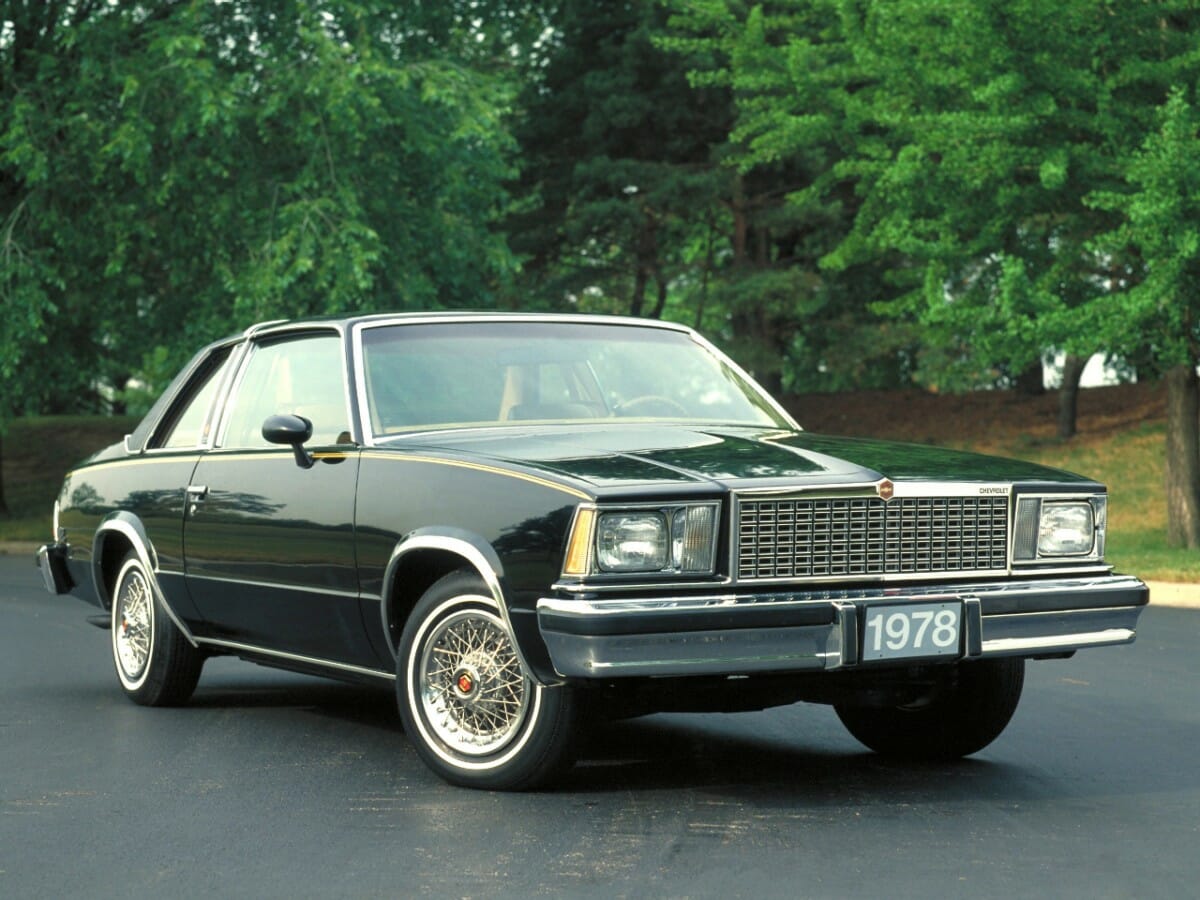
Chevy 305 Potential and Reliability
While the Chevy 305 did not come with substantial power by today’s standards, it is still a small block of Chevy V8. Given that it shares platforms with the hot-rodder’s engine of choice, the 350, there is a slew of aftermarket parts available.
Simple upgrades like a better flowing intake manifold, a better carburetor, and a camshaft upgrade can be performed with basic hand tools and can increase power output by over 100 horsepower.
Additionally, a plethora of exhaust manifolds, electronic ignition, and many other performance upgrades are plentiful.
One thing that needs not be questioned is the reliability of the Chevy 305. Old engines will have plenty of issues, like failing gaskets, oil leaks, and worn-out hoses.
However, there is nothing exclusively problematic with the Chevy 305. Much like the 350, it carries notoriety for being able to get you from A to B under just about any circumstances.
Obviously, when shopping for an older car, it is important to understand that you will likely have to work on it or maintain it more often than a new car.
However, knowing a car’s accident and maintenance history is extremely important in picking the right car. A great place to start is with our free VIN lookup tool that shows the history of recall repairs, accidents, and sales reports. Additionally, buying a well-maintained vehicle with service records is imperative if you are searching for a reliable driver.
In short, the 305 is not a bad option when considering power capabilities and reliability. Like with most cars and their engines, if you treat them right, they will treat you right.
Should You Buy a 305 Vehicle?
You’ll find that many old-school Chevy enthusiasts choose to steer clear of the 305 due to its notorious lack of power. Many original 305 vehicles that get restored receive a crate engine 350 or an LS swap.
However, well-maintained all-original cars are continuing to climb in value. If you come across one relatively cheap, you may be acquiring an appreciating asset.
Whether you’re considering the potential profit or not, the Chevy 305 is a very reliable V8 that gets amazing fuel economy for its era. It may not be the most powerful option there ever was, but owners can fix that with aftermarket modifications if that’s what you’re after.
If you want a classic Chevy V8 that will reliably fire up and take on a nice cruise or a simple, reliable truck that doesn’t need to move the whole world, the Chevy 305 is likely to be everything you need.
Photos: Chevrolet
